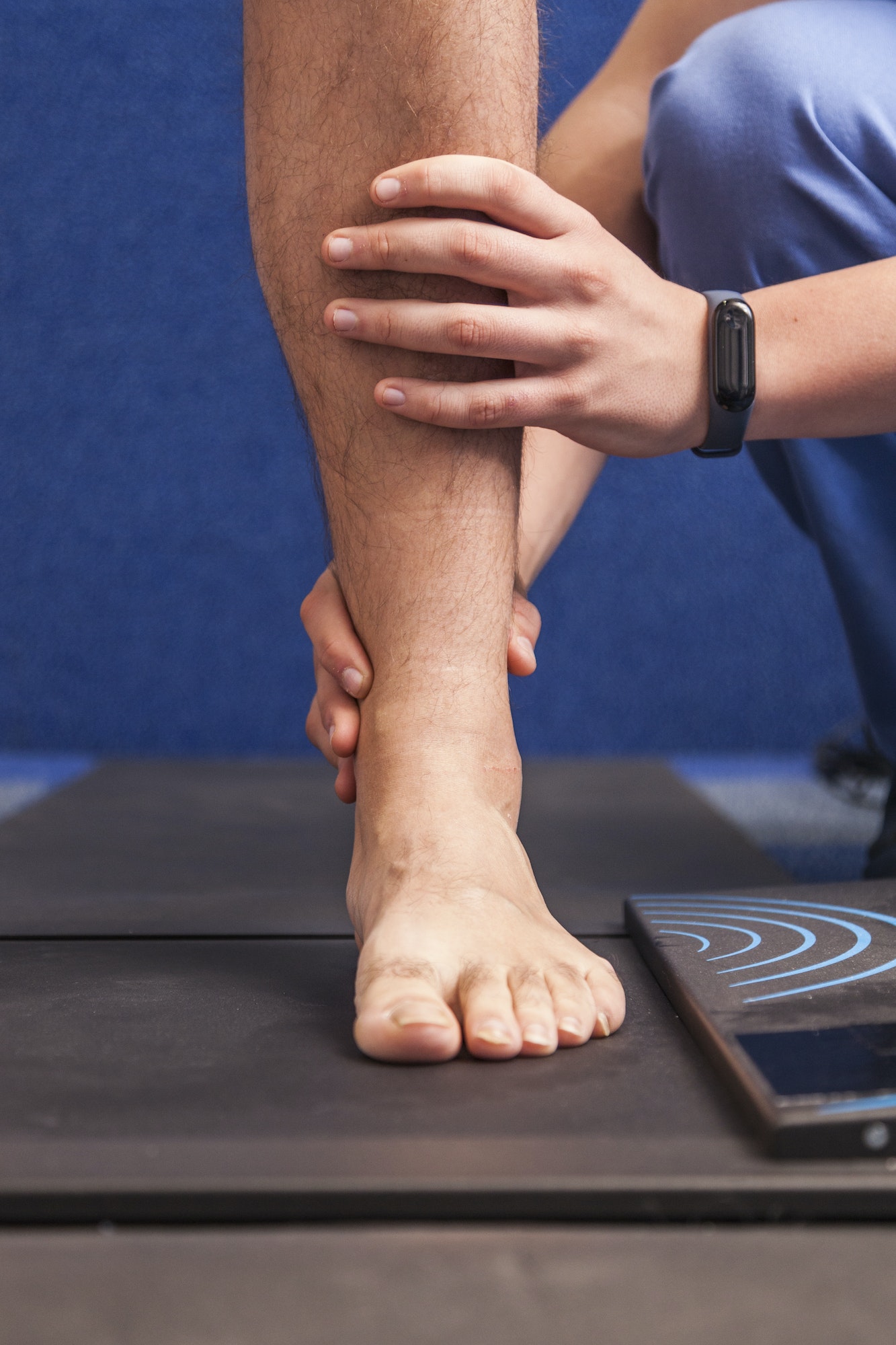Table of Contents
What Happens When You Bruise Your Foot Bone
A bone bruise is an injury which typically is the result of a blunt-force impact, like falling down the stairs, or dropping something heavy on your foot. It’s not like the black-and-blue marks that appear on our skin after we bump into something; rather, it’s a serious injury: when you have a bone bruise, it means that the fibrous parts of your bone (trabeculae) have been injured and may be bleeding. That is not something to stand up and walk around on.
Bone bruises are different than fractures—fractures involves damage to a deeper part of your bone, whereas bruises (also known as contusions) affect the surface of your bone. Bone bruises can affect any bone in your body, but this type of injury typically affects the ones that are close to the surface of your skin, which is why bones in your feet (especially those in your heel) are so vulnerable to this kind of injury.
Symptoms of a Bone Bruise
Like sprains and even some fractures, it’s not always obvious when you have bruised your bone. Warning signs to watch out for include:
- Swelling
- Stiffness
- Tenderness and pain that lasts longer than a typical bruise
- Trouble using your joint if the bruise occurs there
How to Treat a Bone Bruise
If you suspect you have a bone bruise, you should see your doctor immediately: left untreated, severe bone bruises can affect your blood flow. In some cases, that loss of blood flow can allow portions of your bone to die, making any damage incurred permanent and irreversible.
It’s also wise to see your podiatrist since he or she will perform an X-ray to confirm whether the bone is simply bruised, or if a fracture has occurred. It’s important to note that, with a blunt injury, you may have bruised some bones and fractured others, so X-rays are a good way to determine the full extent of your injury.
If nothing shows up on your X-Ray, your podiatrist may order an MRI to confirm a diagnosis of a bone bruise (this type of injury will not show up on an X-Ray scan.)
If your foot bone is bruised, and not broken, you will likely be given a RIE treatment plan: rest, ice and elevation. For bone bruises of the leg or foot, elevating the injury for 20 minutes, several times a day, will help your recovery.
If the bruise has occurred around a joint, like that at your toe, you may need to immobilize the injury to ensure the joint heals properly. You will also likely be advised to refrain from strenuous physical activity while you heal.
How Long Does it Take to Heal a Bone Bruise?
Every individual heals differently, but bone bruises can take anywhere from several weeks to a few months to heal completely. Smokers, beware: lighting up can make your bruise linger for even longer, so experiencing this type of injury can and should be your inspiration to finally quit!
A calcium supplement may also help support your recovery, since calcium supports bone growth. Finally, physical therapy may help you learn to move in ways that won’t aggravate your injury—ask your doctor if this is relevant in your specific situation.
Here’s the bottom line: bone bruises require more care than simple black and blue marks on the surface of your skin. If you have bumped your foot and the swelling and tenderness aren’t going away, it’s a good idea to get into your doctor’s office for an immediate evaluation.

Meet Weil Foot & Ankle Institute
By: Weil Foot & Ankle Institute, Published: Jan 22nd, 2022
Review By: Kristin Abruscato, DPT – Jan 19th, 2023


